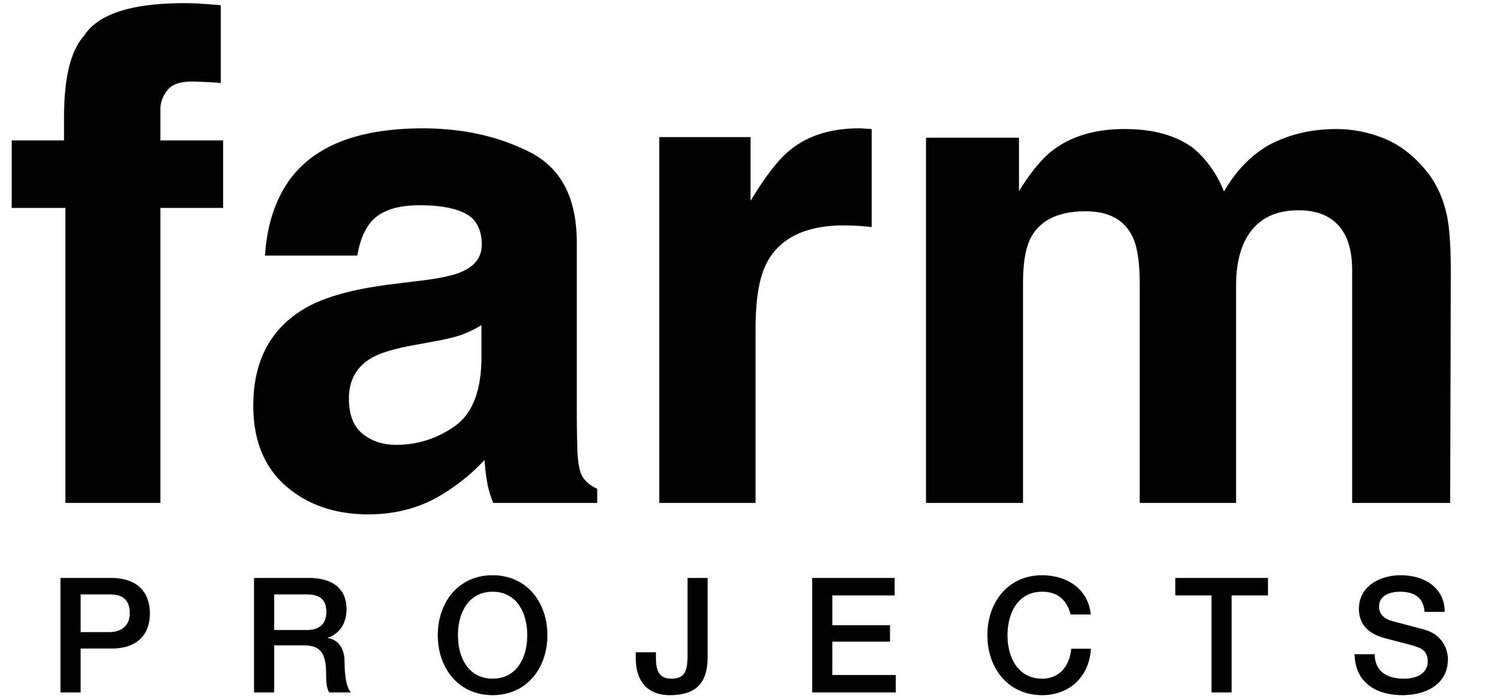SAND T KALLOCH
nine layers
march 07-24, 2022
This new work series is inspired by a traditional Peranakan kuih I grew up with in my hometown of Malacca, Malaysia. It is a steamed, layered cake commonly known as kuih lapis in Malay, or jiu ceng gao (九层糕) in Chinese. This tasty treat is a Southeast Asian delicacy well-known for its nine vibrantly colored layers. Its origins can be traced back to the age of Dutch East India Company colonialism.
This visual tribute to the aesthetically pleasing kuih is a way to reconnect with my Chinese-Malaysian heritage. While researching its history, I was fascinated to find the kuih has evolved through many different variations. Generations of diverse cultural influences have transformed the cake into what it is today, but it still retains its unique origins. I am especially drawn to its strong visual appeal and, of course, the delicious blend of coconut milk and pandan flavor.
Rice flour, tapioca flour, coconut milk, coarse sugar, pandan leaves and food coloring are the main ingredients for this soft and slightly sticky confection. Patience and dedication are required in mastering the techniques needed to construct a proper kuih. Each colored layer is steamed for six minutes one on top of the other, creating well-defined individual layers with two (or more) alternating colors. It is often prepared in blocks then cut into square, rectangular or diamond shapes. A common sight at teatime or breakfast, they are often sold at roadside stalls, coffee shops, local hotels and restaurants.
While there are no official restrictions on the number of layers, the kuih lapis is normally made with nine layers. There is significance in using nine: the number nine is pronounced as “jiu” (九) in Chinese, it sounds much like “jiǔ” (久), which translates as “for a long time”, insinuating eternity and longevity.
The nine layers also symbolize a ladder of continued progression, achievement, and advancement. The translated meaning is literally: “taking it to the next level” (更上一層樓). Following tradition, I am making this work series composed with nine distinct colored “layers” to honor the significance of the auspicious number 9. The composition extends to the sides of the cradle, giving it three dimensions; a feature that more closely resembles a real block of kuih. The high gloss surface is used to emulate the moist, smooth and rich texture of the enticing kuih.
I encourage viewers to sample a piece of “tradition” from a Southeast Asian bakery. Whether your preference is to savor it by peeling off layer by layer, or to devour it all in one bite, this delight will not fail to make a lasting impression.
Sand T Kalloch also known as Sand T, is an internationally acclaimed artist lives and works in Massachusetts.Her artistic output come in the forms of mixed media paintings, low relief, and works on paper. A simplifying approach to art-making is the driving force behind her mixed media works. The primary intention is to utilize six basic elements of visual language: dot, line, surface, color, form and light. These elements are manipulated to maximize a multi-sensory experience to engage the viewer. The resulting product possesses a sense of limitless discovery. Concepts of time, space, and a certain mesmerizing energy of rhythm are contained in the pieces.









